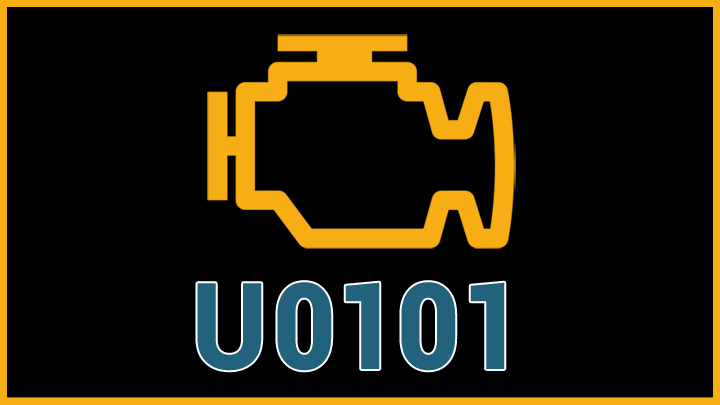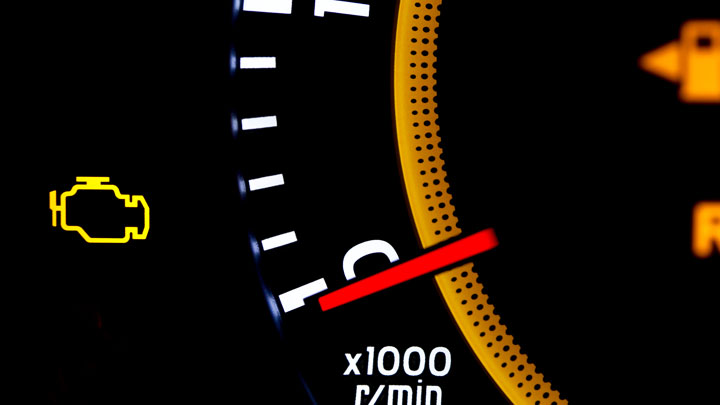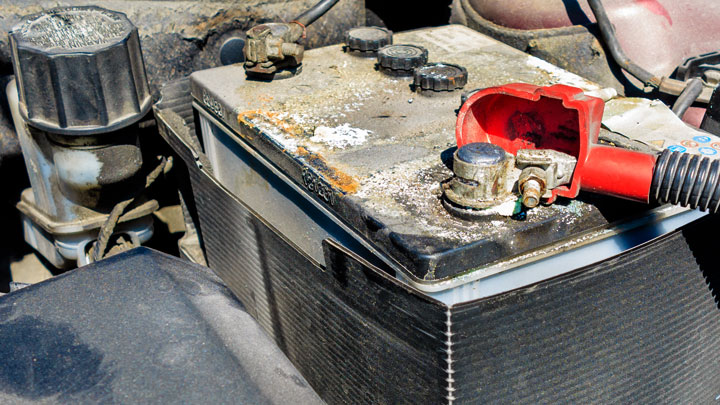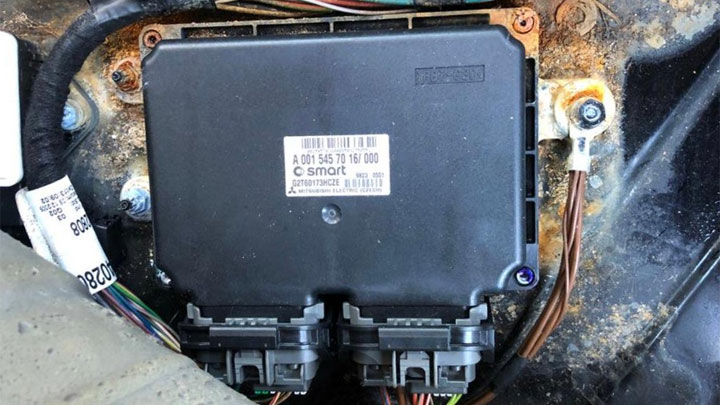U0101 Code (Symptoms, Causes, and How to Fix)
Today’s vehicles utilize complex networks of modules and sensors, enabling efficient operation. However, if communication is lost between components, severe issues can arise.
Fault code U0101 indicates a concerning loss of communication between the transmission control module and other modules, often causing secondary symptoms. Here’s what causes a U0101 code and how to fix it.

What Does Code U0101 Mean?
Diagnostic fault code U0101 is indicative of a relative failure of a vehicle’s transmission control module (TCM) to connect with the rest of the corresponding CAN-BUS network.
This, in turn, prevents a vehicle’s engine and transmission from “talking” to one another, thereby causing a host of driveability-related issues.
To better understand this principle, one must first familiarize themselves with the manner in which a vehicle’s CAN-BUS data system operates.
This particular system serves as a viable network, connecting a vehicle’s various controllers, sensors, and intelligent devices. At vehicle startup, a self-test sequence is initiated, during which each of a vehicle’s control modules substantiates a stable connection.
The bulk of today’s modern vehicles features several distinct control modules, including the PCM, TCM, BCM, and brake controller, among others. Each of these modules must communicate with one another through a defined path in the CAN-BUS network, in order to facilitate a host of operating functions.
In the case of DTC U0101, a vehicle PCM has determined that the TCM is effectively “offline”.
Related: Code U0100, Code U1000, Codes $7E8 and $7E9
Symptoms of Code U0101

Diagnostic fault code U0101 is often accompanied by a host of secondary symptoms, some of which tend to be noticeably more severe in nature than others. Early recognition of these symptoms can prove helpful when attempting to expedite repair.
The following are several of the most common symptoms associated with DTC U0101.
- Illuminated check engine light
- Inability to shift gears
- Default into limp mode
- Erratic shifting if fault is intermittent
Causes of Code U0101

Diagnostic fault code U0101 can be caused by one of several different root causes, some of which often prove more difficult to isolate than others. Those who understand these potential causes are already a step ahead in the diagnostic process.
The following are several of the most common causes of DTC U0101.
- Failing battery
- Faulty ground within the communication network
- Poor electrical connection at the module
- Corroded or loose battery leads
- Compromised TCM
Is Code U0101 Serious?
Diagnostic fault code U0101 is generally considered to be rather serious in nature. This is due to the fact that when active, this fault often renders a vehicle inoperable. Furthermore, attempting to drive in the face of even an intermittent U0101 fault code is not advised, as this fault will almost always reoccur.
In the bulk of cases, diagnostic fault code U0101 will cause a vehicle to default into limp mode, thereby drastically reducing all available engine power. Additionally, this lack of TCM communication will also often prevent the transmission from shifting at all, leaving the affected vehicle stuck in the gear that is currently engaged.
In any event, the root cause of a vehicle’s U0101 diagnostic fault code should be diagnosed and repaired as soon as possible. For all intents and purposes, a vehicle should be parked until such repairs can be completed.
If you don’t feel comfortable fixing the repairs on your own, make an appointment with a reliable auto service center as soon as you can.
How to Fix Code U0101

The following steps can be used to guide you through the process of diagnosing and repairing your vehicle’s U0101 diagnostic fault code.
As always, you should consult factory-specific service literature for your exact make and model of vehicle, before attempting any such repairs.
#1 – Check For Additional DTCs
Before beginning the diagnostic process, you should check for the presence of additional diagnostic fault codes with the use of a high quality scan tool. Any such faults that are discovered should be diagnosed before proceeding.
#2 – Inspect All TCM-Related Wiring
Begin by carefully inspecting all wiring associated with your vehicle’s transmission control module. Verify that all electrical connectors to this module are secure, and that no damage is evident to the corresponding wiring harness.
#3 – Check TCM Grounds
Using a model-specific wiring harness, locate all grounds associated with your vehicle’s TCM. All ground lug connections should be tight and free of corrosion. Any deficiencies should be corrected before proceeding.
Then, with the use of a multimeter, verify that your vehicle’s TCM is receiving both power and ground as dictated by the previously mentioned wiring diagram. If both power and ground are present at the TCM, proceed to step 5.
#4 – Test Battery & Inspect Connections
If prior testing has revealed a lack of power or ground at the TCM, the affected vehicle’s battery should be tested, and its positive and negative leads should be qualified.
These leads should be tight, and free of corrosion. If no such issues are found, a wiring diagram will need to be used to verify proper continuity throughout the TCM power distribution feed.
#5 – Analyze TCM
If no problems have been found during any of the previous steps, one will need to look toward their vehicle’s TCM as the source of their issues. Some dealerships will bench test a TCM for a base diagnostic fee, thereby saving you from making a costly misdiagnosis.
- 5 Symptoms of an EVAP Leak (and Repair Cost) - Apr 27, 2024
- P0480 Code (Symptoms, Causes, and How to Fix) - Apr 19, 2024
- Car Temperature Gauge Stopped Working? (Here’s Why) - Apr 15, 2024
